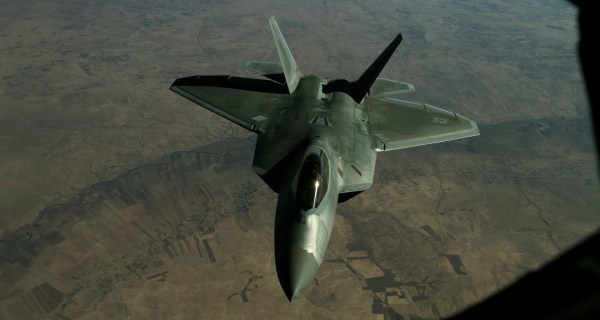 Source: iStockPhoto
Source: iStockPhotoASDE-X
In addition to equipping all aircraft with ADS-B by 2020, the agency also rolled out another portion of NextGen, the Airport Surface Detection Equipment, Model X, in airports across the country in order to increase runway safety by reducing the potential for collisions.
Through the use of ASDE-X, air traffic controllers can detect potential runway conflicts through access to detailed coverage of movement on runways and taxiways. The data for the system is taken from surface movement radar systems located on the air traffic control tower and integrated with at least three other sensors, including ADS-B sensors on aircraft.
ASDE-X takes the three sources of data and molds them together to allow air traffic controllers to determine the position of aircraft and other vehicles on runways. The system also allows controllers to observe the whereabouts of aircraft within five miles of the airport.
The technology has been rolling out since October 2003, with the first installation occurring in Milwaukee, Wisconsin. Since then, it has rolled out to 35 other airports nationwide, including Washington, D.C.’s Reagan National Airport and Dulles International Airport and Baltimore’s Baltimore-Washington International Thurgood Marshall Airport. The last installation occurred in Memphis, Tennessee, in June 2011.
Drones
Two days before the FAA released its exemption for the Motion Picture Association of America allowing it to use unmanned aircraft systems for filming, the Associated Press reported that the agency had not included UAS in their plans for the NextGen system.
 Source: iStockPhoto
Source: iStockPhotoAccording to the FAA’s assistant administrator for NextGen, when the program was created by congressional legislation in 2003, the agency didn’t understand the impact drones would have on aviation more than a decade later.
So far, the agency has invested more than $5 billion in the system, and the investment process is far from over – the agency is expected to continue working to put the new system in place for the next decade.
In an interview with FedScoop Sept. 25, the chair of Wiley Rein LLP’s aviation group, Greg Cirillo, said the problem with integrating drones into NextGen shouldn’t be a major issue until the agency establishes a rulemaking for integrating large UAS into the airspace.
“The initial rulemaking is small UAS, which are going to have less of an interaction with the airspace than the larger UAS, which is somewhere down the road a few years,” Cirillo said. “A lot of the UAS usage you’ll see in the near future will not really interact much with air traffic. The ability to interact with air traffic is going to require a lot of work”
At this point, though, the agency is only required to issue a rule on small UAS integration into the national airspace by 2015, according to the 2012 FAA Modernization and Reform Act. Despite this, the agency’s inspector general reported that the agency would miss that integration deadline.
But according to Cirillo, if the drones are equipped with “sense and avoid” technology, integration into the airspace, even in a NextGen system, would not be too difficult.
“[Larger UAS] will have to interact with NextGen,” Cirillo said. “But I don’t think it’s a problem that NextGen is not integrating, or not directly integrating, with the unmanned aircraft. I think the unmanned aircraft will adapt to whatever NextGen technologies are adopted.”
The FAA could not be reached for additional comment by publication time.




